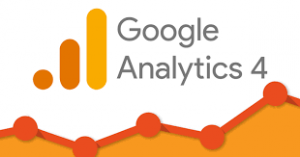With the penetration of the internet globally, having a website is expected of every business - SME or Multinational.
However, many businesses do not derive substantial benefits from their websites as they ought to. After studying over 150 small business websites, we put together eight factors that are common across the websites that are not converting.
Before we dive into details, conversion in this context means a website achieving the desired objective.
Find below the 7 major issues that impede conversion.
- No measurement
When you are not measuring what is happening, you may just be guessing. To determine if your website is working, it is critical to know what is working. We need to answer these questions to understand the current situation.- What do they do when they land?
- Which page are they landing on?
- Where are they coming from?
- Are users visiting
- No traffic
Your website cannot convert when people are not visiting. Users will not automatically visit your website. You will need to market it by investing in SEO, social media, content or paid media.
- Websites take long to load
For every 1-second increase in page speed above 3 seconds, you lose 2% of your visitors. Pagespeed is critical as users are becoming used to fast-loading websites.
- Website does not look appealing
When your website does not look appealing, it affects the user's trust and confidence. Having a good-looking and well-designed website increases the user trust level.
- No clear call to action
This asks the question: What should my visitors do when they land on a page? Do they call a phone number, fill out a contact form or sign up on the website?
- Not mobile friendly
Most websites created in the 1990s are not mobile friendly. It is time to redesign as you are losing customers.
- The content does not address user needs or concerns.
When people visit your website, they expect to read content that appeals to their intent and answers questions they may have about your product or service.
Does any of these apply to you? Then, it is time to look into your website.
Contact us if you have questions.



